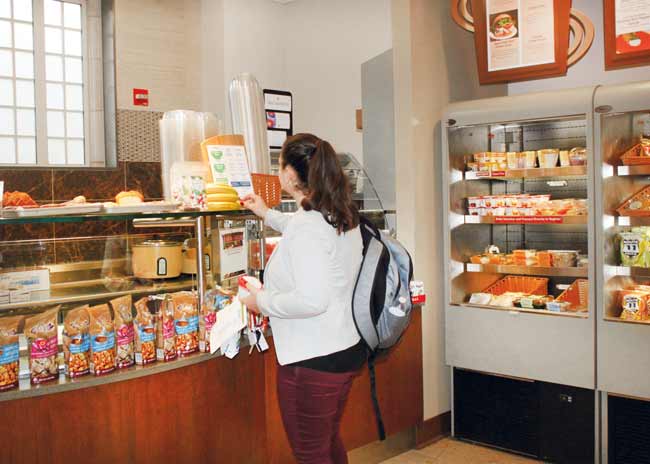It seems there’s very little that consumers don’t love about pizza — and very little that foodservice operators won’t do to keep that passion alive.
The foodservice industry is changing extremely fast these days, driven by significant challenges. Among these challenges are an unprecedented labor shortage, supply-chain snarls, and changes in the ways consumers patronize restaurants. Operators are increasingly turning to automation and robotics to cope.
Location and logistics remain top considerations for a seamless off-premises experience.
Customer's in every segment now seek convenience and speed.
The commitment to a made-on-site menu frequently means having a well-trained kitchen crew and a thoughtful back-of-the-house strategy to support them.
A new year always brings a sense of renewal and (hopefully) optimism as we look ahead — this feels necessary this year perhaps more than ever. The airways truly seem to be clearing – for now — so let’s try to look at that glass halfway full, shall we?
That’s a wrap! Four years after COVID-19 put the pause button on The NAFEM Show, foodservice equipment and supplies industry professionals were able to reunite with friends and colleagues, make new connections and see and learn about new equipment and technologies on the market. As this year’s The NAFEM Show illustrated, a lot has changed.
Back in March of 2020, the notion of supply chain challenges associated with foodservice equipment and supplies seemed highly unlikely. Manufacturers’ capacity to produce such items was greater than operators’ ability to consume them. Then the pandemic hit and turned everything upside down. What once took weeks to produce now took months seemingly in the blink of an eye.
Typically reserved for the hours between 2 p.m. and 6 p.m., when customer traffic tends to be slowest at restaurants and bars, happy hour helps bring in extra business with events, discounts and/or promotions. This moniker is rooted in the Prohibition era, when happy hour took place at speak-easies prior to people going out to dinner at restaurants where alcohol was prohibited.
For many in the hospitality industry — and, really, for many who aren’t — the constantly changing day-to-day challenges of the last few years led to an outlook primarily focused on the here and now. But as the storm gradually clears, there’s a return to looking forward. With that in mind, we reached out to chefs to talk about equipment on their wish lists, what they’d like to see in the future, and pandemic-inspired approaches that are still making a difference in their operations.
Storage. Sure, it may not be the sexiest part of a foodservice operation, but designers say it’s a crucial component for modern kitchen management, especially in the wake of the takeout explosion. Storage areas also tend to be the last thing operators think of when conceptualizing and planning a new facility — a common and unfortunate mistake.
Supply chain issues have been a hot topic in the foodservice industry for the past few years. While most of the conversation and consternation have focused on longer lead times and higher prices, a handful of other broad issues continue to impact the individual links on the supply chain that provides foodservice operators with equipment and supplies.
After a couple of bleak years caused by the pandemic, the hotel industry may be turning the corner.
Back when the phrase, ‘I know it when I see it,’ was first used it didn’t refer to fast-casual restaurants. But these days it easily could.
As consumers continue to seek globally inspired menus, awareness of Kurdish cuisine shows signs of growth.
The first of this two-part series examines customer-facing technology, including dine-in, online and takeaway experiences; changes in the drive-thru; and what’s happening with delivery.




















